The relaunch of the Samsung Fold – and new USPs for Apple’s AirPods
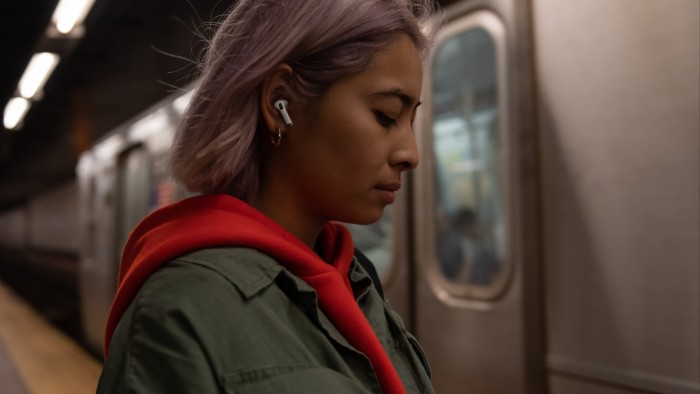
Roula Khalaf, Editor of the FT, selects her favourite stories in this weekly newsletter.
The budding genius of AirPods Pro
Apple’s new wireless in-ear AirPods Pro sound superb. They are more comfortable than most “true wireless” earbuds, but stay in less well than some. I have already had to dive to stop one bouncing onto the Tube track after it fell out – and I have unusually retentive ears.
Before I get to the positives, a couple more niggles. I found the squeezable controls on each stalk awkward at first. The battery life, at about five hours, is just OK. And, yes, the AirPods Pro look silly – slightly less so than the originals, but still silly. Only when Apple makes them in grey or black (rumoured this year) will they be less conspicuous.
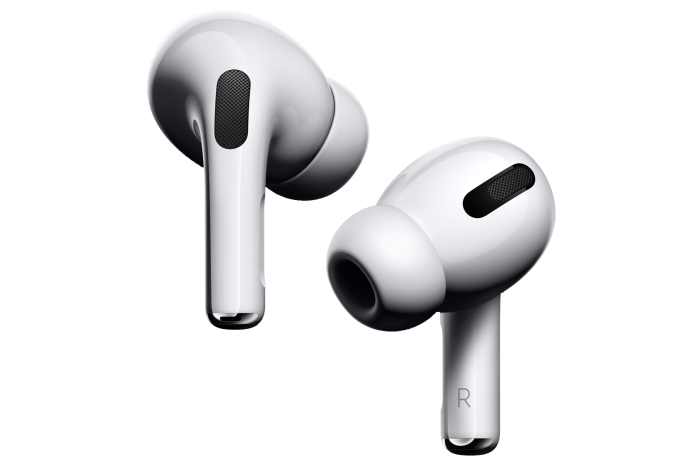
But now for the wonderful USPs: they have two modes new to AirPods and unusual in any earbud: noise cancellation and “transparency”. Use the Pros on a busy street or a train and you will be amazed. The noise cancellation is impressive, if not as powerful as on good over-ear cans. But “transparency” gives the most interesting effect. It lets in the sound around you without quietening or stopping the music, which this kind of headphone feature normally does. It means I can wear headphones at home and, so long as I’m not playing something hyper-loud, not worry about missing the doorbell or landline.
AirPods Pro, £249, from apple.com.
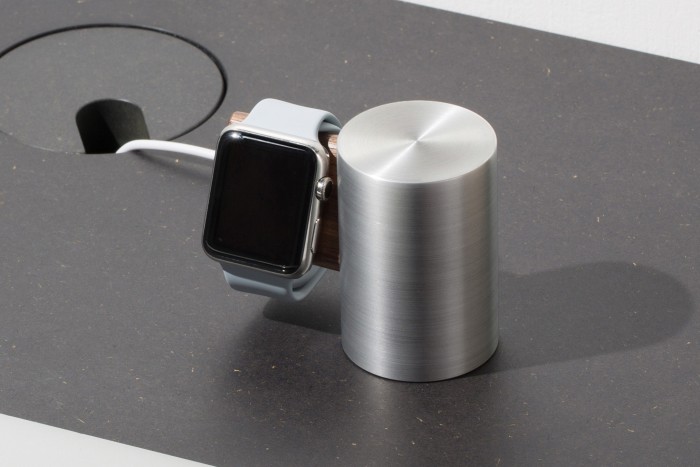
E17’s gift to the Apple Watch
If you did as I told you and bought the Apple Watch Series 5 for Christmas – it was my favourite tech product of last year – you will very likely be wondering now what to do with it at night. Apple Watches, and not just the fancy new 5, have a very handy night-time or, as Apple calls it, “Bedside” mode in which the watch charges while you sleep, but also displays the time in big green numerals if you wave your hand near it.
But without a little stand beside your bed, this sleep-time mode isn’t too useful. The watch just kind of flops about on its strap. The best such holder I’ve seen, a beautifully handcrafted one, comes not from Cupertino but Walthamstow, E17, in the form of the Domino by a tiny startup, Anden. It’s an attractive little metal column with a wooden “wing” emerging from one side. In the middle of the wing is an opening into which you slide your Apple Watch charger. Each night, you plop the back of your watch onto the charger inserted into the wing and it becomes the perfect timepiece for the hours of darkness. It’s a continually satisfying fusion of electronics and craftsmanship that comes in brass or aluminium with a walnut or cherry wing.
Anden Domino, from £149, from madebyanden.co.uk.
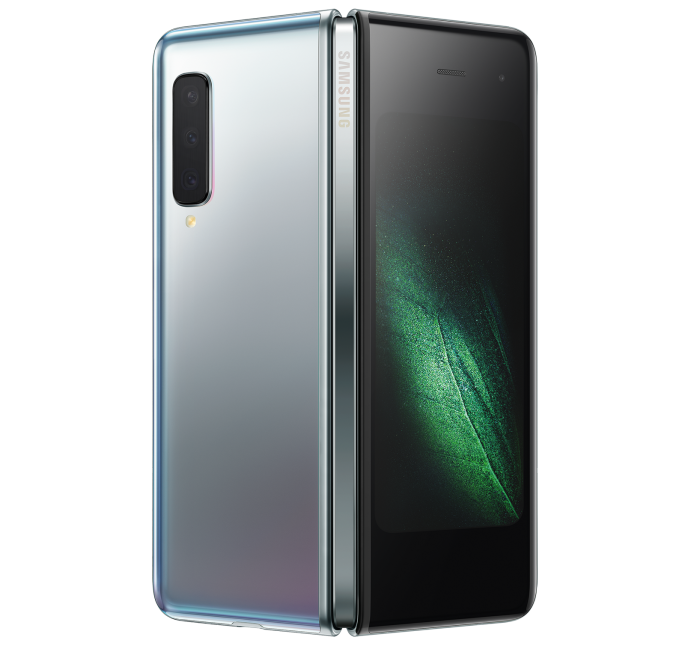
The retooled, relaunched and ready-to-rock Samsung Fold
After a shaky start, Samsung’s folding phone has finally made it to market. Breaking-screen problems conquered, it’s a thing of wonder, if not a cheap one, and if not one for everyone.
In folded mode, the Samsung Fold is a thick-but-tall chunk of glossiness, reminiscent in feel and (considerable) weight of an old Vertu phone. For those used to the infinity-edge screen of the Samsung Galaxy, the Fold’s small outside display will be a disappointment. You can take photos in this mode, but it’s not ideal as you only see a tiny image on screen.
Unfold the device, however, and you realise why Samsung has chosen a butterfly as the hero image in its adverts. The huge, near-square screen is not only a fabulous bit of engineering, it’s a game-changer. Professional Instagrammers, influencers and the rest should love it. It’s not just the size and format of the photos – as a way of viewing and selecting the right pictures to post, it’s formidable. For watching films, which come in a 16:9 oblong, though, the Fold’s acres of squareness are somewhat wasted.
There are other uses. Maps, whether Google or Ordnance Survey, look incredible and are easier to follow. And if you buy one of the dedicated charging stands to perch the unfolded Fold on (see them on display at Samsung’s new KX experience centre behind King’s Cross station), you could even pair the Fold with a Bluetooth keyboard to create a fine little portable office machine. As I write this, Samsung doesn’t make a specific matching keyboard, so my advice is to get a Logitech K380 for £40.
Samsung Fold, from £1,900, from samsung.com.
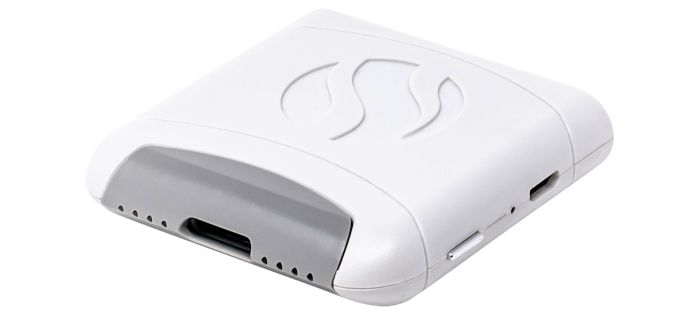
A pocket-sized, app-connected food-intolerance monitor
The Aire, launched by Dublin startup FoodMarble, is a breath-test-based “personal digestive tracker” that claims to be able to find out just what is upsetting your system. Initial tests for lactose intolerance on patients in New Zealand suggest the device can replicate the readings you’d get on a hospital-standard breath-hydrogen analyser, though longer-term trials on a larger cohort remain to be carried out. In my own test on a friend with known lactose intolerance, it gave a positive reading.
The Aire is simple and user-friendly in partnership with its dedicated app, which enables you to track what you eat and analyse how different foods affect your digestion. In addition to lactose intolerance, says FoodMarble, the Aire is able to snout out intolerance to sorbitol, a natural but hard-to-digest sweetener; inulin, a carb found in onion, garlic, bananas and wheat; and fructose, which many people have trouble digesting.
PS: I’ve no idea why the company called itself FoodMarble, as in form – if not function – its product looks more like a tiny cigarette lighter.
FoodMarble Aire, £149, from foodmarble.com.
Comments